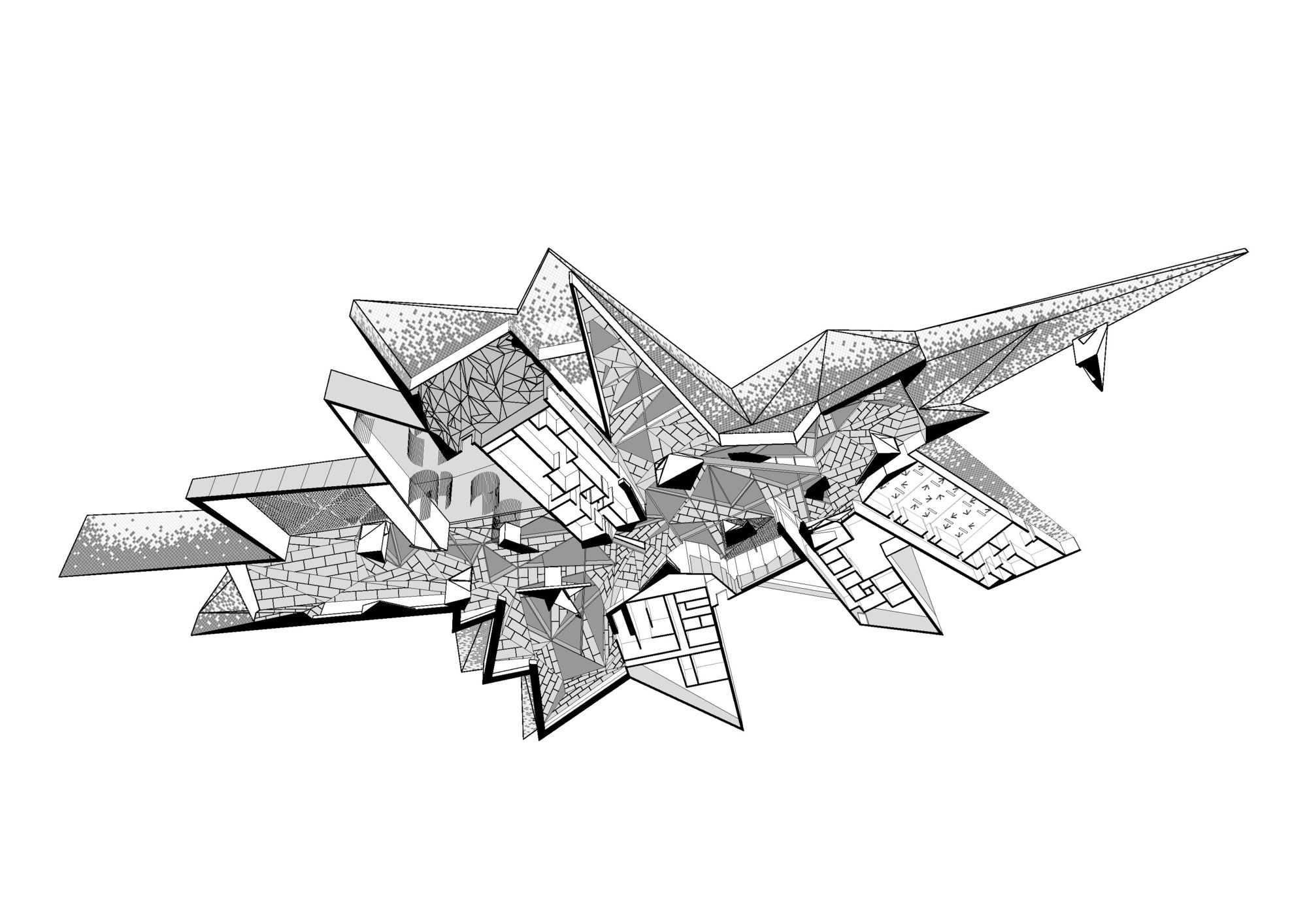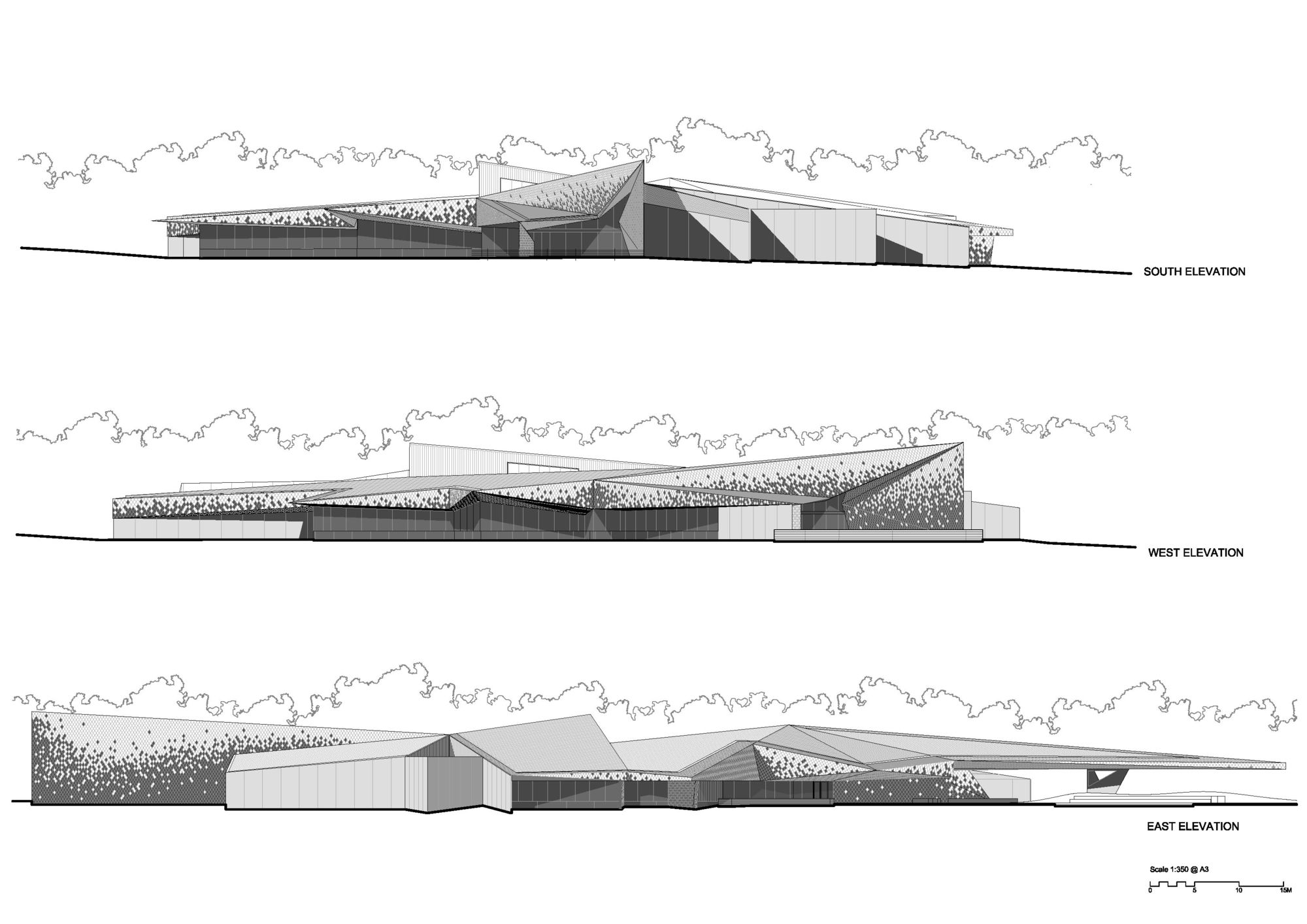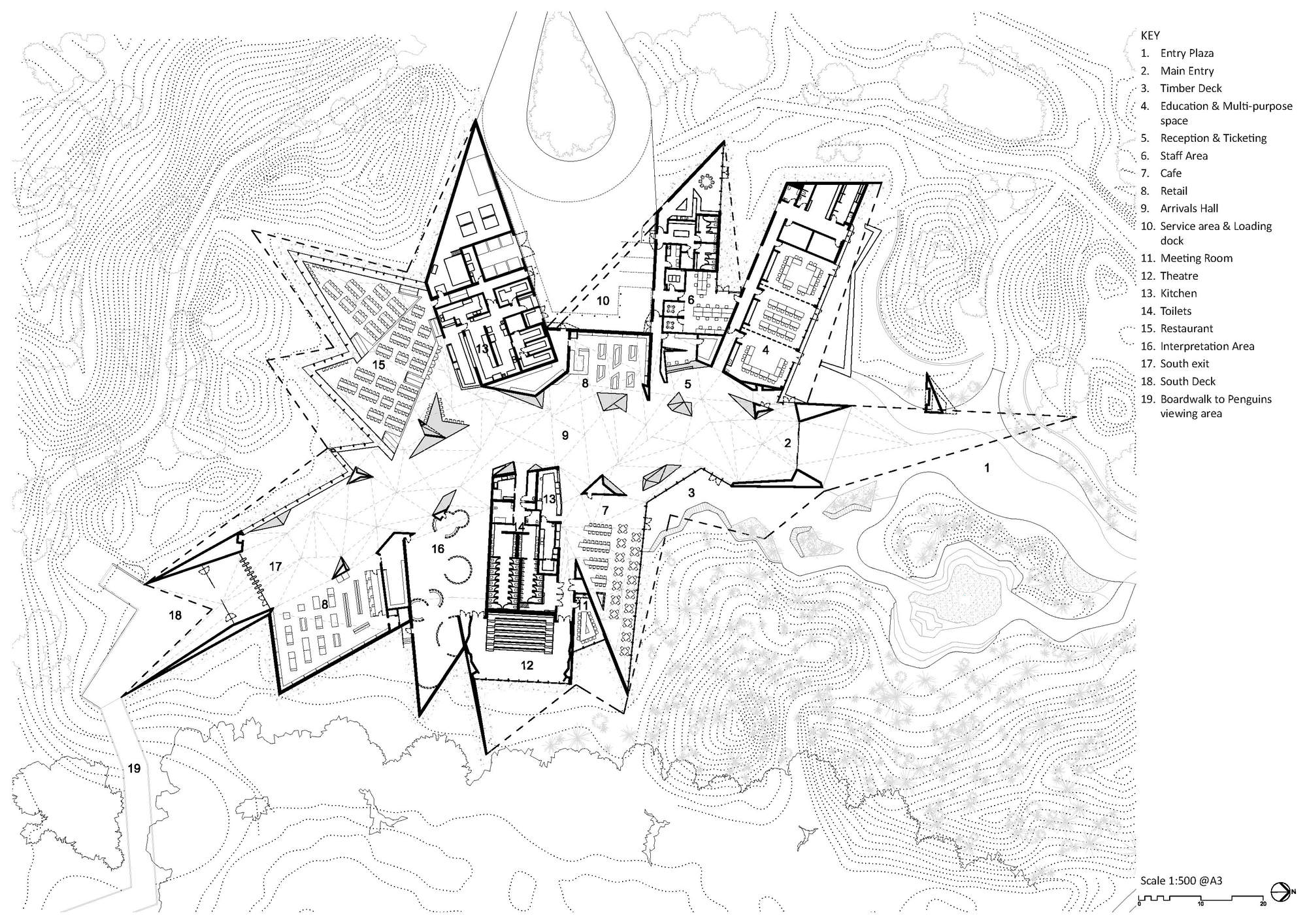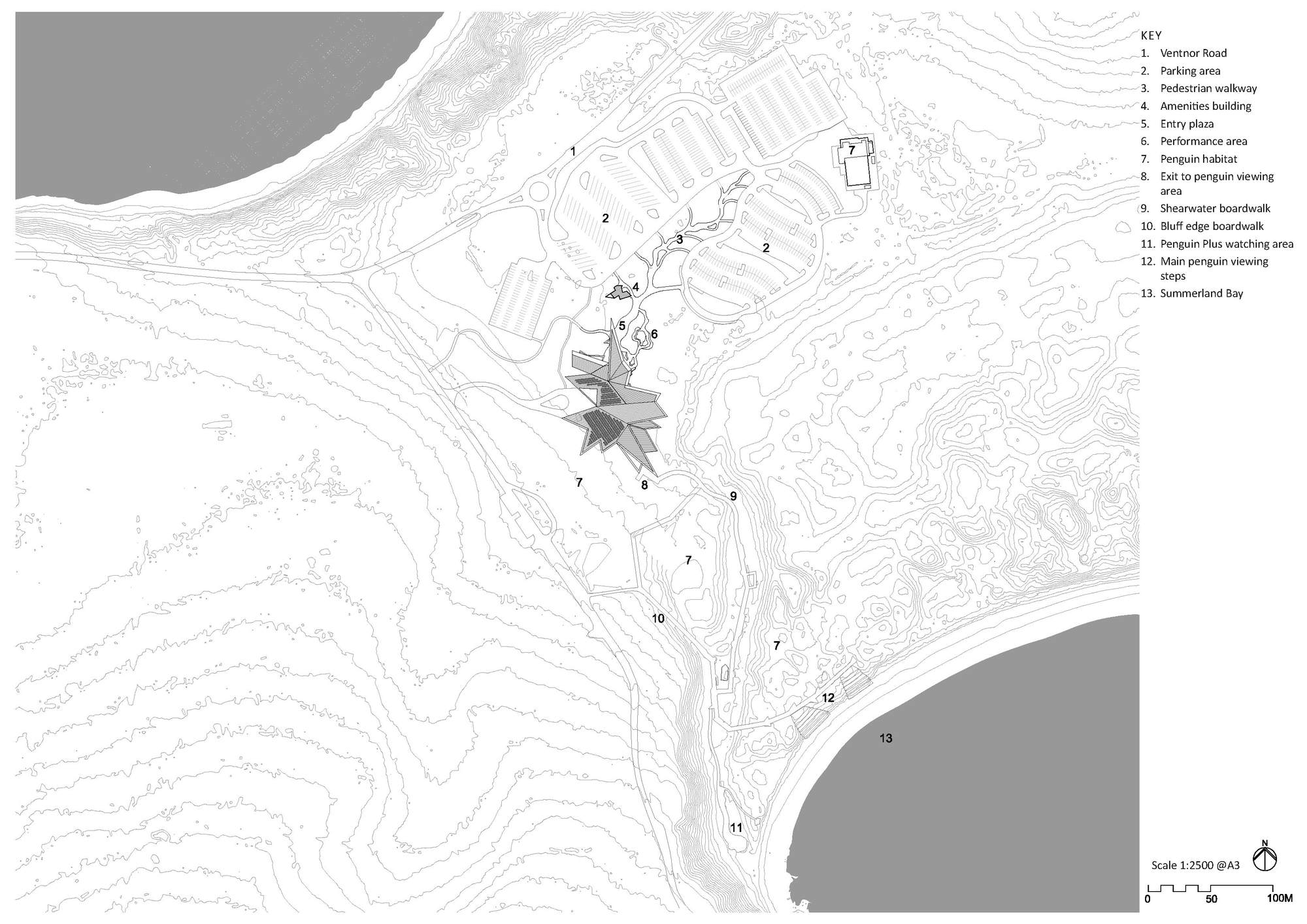June 12, 2023
Designed by Terroir, the project forms a nexus between the dunes, headland, and wetland, promoting the observation of penguins.
_project: Penguin Parade Visitor Center
_architecture: Terroir
_location: Isla Phillip, Victoria, Australia
Architects can mitigate the impact of human activity on fragile ecosystems by designing buildings that blend harmoniously with the natural environment. This can involve using sustainable materials, designing buildings to be energy-efficient, and minimizing the need for excavation or disturbance during construction. By adopting a comprehensive approach to design, architecture can aid in safeguarding and preserving ecosystems while simultaneously crafting functional, aesthetically pleasing, and sustainable structures.
Penguin Parade is a unique project that combines architecture and environmental conservation. Designed by Terroir, an award-winning architecture firm based in Australia, this project is a penguin observation centre that also serves as a model for sustainable architecture and tourism development.
Phillip Island, where the project is located, is home to the world's largest colony of Little Penguins. These penguins, despite being the smallest of their kind, can be found in large numbers on the island. They stand at an average height of just 33 cm (13 inches) and weigh around 1 kg (2.2 lbs). The architects at Terroir had to ensure that the observation centre did not dominate the small penguin colony or overpower the delicate coastal landscape. By creating a low-lying, unobtrusive building that blends seamlessly into the surrounding environment, Terroir was able to create a space that allows visitors to observe the penguins without causing disruption to their natural habitat.
The challenges faced by Terroir in designing the Penguin Parade were twofold. First, the building had to serve as a penguin observation centre, which meant that it needed to provide visitors with an immersive and educational experience while also protecting the penguins from human disturbance. Second, the project was located in a region with a complex and sensitive ecosystem, with three distinct landscapes: dunes, headlands, and wetlands. The design had to balance the need for human visitors with the need to protect these fragile ecosystems.
The project is also designed to be a platform for environmental education and awareness. Visitors to the Penguin Parade can learn about the local ecosystems and the challenges faced by the little penguins, and the building itself serves as a symbol of the importance of conservation and sustainability.
credits
_written by Daniela Moreira Silva
_film by Peter Marko
_drawings by Terroir:






You’ve prove to be a great hunter. Now that you have reached the bottom, maybe it’s time to know us more.